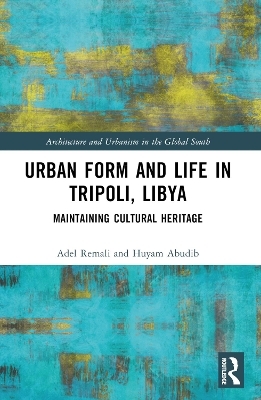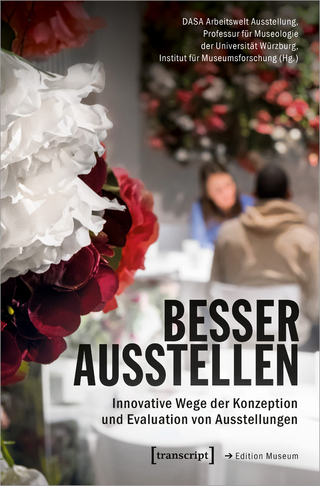
Urban Form and Life in Tripoli, Libya
Routledge (Verlag)
978-0-367-56881-8 (ISBN)
This book charts the city of Tripoli’s rapid economic, environmental, and physical transformation, investigating how these new developments have failed to incorporate the cultural and historic values of the urban fabric. As a result, the city is juxtaposed between traditional and modern urban forms. Urban Form and Life in Tripoli, Libya: Maintaining Cultural Heritage seeks to address this imbalance and argues for greater understanding of local culture and heritage and how this can be enhanced and preserved in future city developments. It explores the challenges of enabling growth and development to accommodate an increasing population and their changing requirements, whilst sustaining the unique cultural and individual characteristics of place. It traces the evolution of urban form and evaluates street quality and life within the city centre of Tripoli, which represents one of the most central, valued and iconic environments in Libya. It interprets the early urban structure, covering the traditional old town and the colonial urban developments, which includes the Italian Quarter and the Garden City. Through the case study city, the book presents a wider approach for understanding how design can be informed by a deeper knowledge of the structural mechanisms of evolution and change in built form. It will appeal to academics, researchers and students interested in urban history, Islamic architecture, and cultural studies.
Adel M. Remali is an architect, urban designer, academic, and a fellow of the Higher Education Academy. He is a former academic and researcher at the Department of Architecture, University of Strathclyde. He is a member of the Cluster for Research in Architecture and Urbanism of Cities in the Global South (CRAUCGS) and a member of the Urban Design Studies Unit (UDSU). His teaching and research work focus on urban morphology, housing typology, and traditional cities. His recent research explores the relationship between the cultural and behavioural factors and architecture and urbanism. Huyam H. Abudib is an architect and a research associate at the University of Strathclyde. She started her university study at Temple University–Japan, and graduated with M.Sc. in architecture and urban planning from the University of Tripoli–Libya. She received an MRes and a PhD in Architecture from the University of Strathclyde and is currently a member of Architecture and Urbanism of Cities in the Global South (CRAUCGS). Her research focuses on traditional cities and the transformation process that is taking place on urban and architectural scales.
Introduction
PART I: URBAN MORPHOLOGY, URBAN FORM AND URBAN LIFE
Chapter 1. Theories and Schools of Urban Morphology
Chapter 2: Urban Form and urban Life
Part II: TRIPOLI’S HISTORY AND ISLAMIC PRINCIPLES
Chapter 3. Historical evolution of the city of Tripoli
Chapter 4. Islamic Principles of Built Environment
Part III: INVESTIGATING THE ESSENCE OF TRIPOLI’S CITY CENTRE
Chapter 5. Measuring Urban Components at the Neighbourhood Scale: Street Network and Block Structure
Chapter 6. Analysing the Street Front: Quality and Social Life
Chapter 7. Analysing the Street Edge: Constitutedness and Social Life
Conclusion
References
Index
| Erscheinungsdatum | 10.01.2023 |
|---|---|
| Reihe/Serie | Architecture and Urbanism in the Global South |
| Zusatzinfo | 26 Tables, black and white; 70 Halftones, black and white; 70 Illustrations, black and white |
| Verlagsort | London |
| Sprache | englisch |
| Maße | 156 x 234 mm |
| Gewicht | 453 g |
| Themenwelt | Kunst / Musik / Theater |
| Reisen ► Reiseführer | |
| Geisteswissenschaften ► Geschichte ► Hilfswissenschaften | |
| Naturwissenschaften ► Biologie ► Ökologie / Naturschutz | |
| Technik ► Architektur | |
| ISBN-10 | 0-367-56881-0 / 0367568810 |
| ISBN-13 | 978-0-367-56881-8 / 9780367568818 |
| Zustand | Neuware |
| Haben Sie eine Frage zum Produkt? |
aus dem Bereich


